A digital counter timer is a sophisticated device designed to measure and control time in various applications, ranging from industrial machinery to kitchen appliances. These timers are integral in processes where precision and accuracy in time measurement are crucial. A digital timer clock not only functions as a basic timekeeper but also offers features such as countdown, count-up, and can even serve as a switch for controlling the power supply to other devices.
Types and Functions of Digital Counter Timers
There is a wide array of digital counter timers available, each with unique characteristics to serve different functions. For example, a digital clock and timer designed for industrial use may feature rugged construction and the ability to handle complex programming sequences. In contrast, a digital kitchen timer emphasizes simplicity and ease of use, with large displays and audible alarms. Some advanced models may include features like memory recall of previous settings or the ability to control multiple events simultaneously, catering to the needs of professionals in laboratory settings where multiple experiments may run concurrently.
Structure and Material Composition
The internal structure of a digital counter timer is a marvel of modern engineering, typically consisting of a microcontroller, a crystal oscillator for accurate timekeeping, input buttons for configuration, and a display panel to show the timer status. The microcontroller acts as the brain of the device, processing user inputs and managing the timing sequences. The crystal oscillator ensures that time is measured with a high degree of precision. These components are often encased within a shell made from ABS plastic or aluminum alloy, materials chosen for their durability and ability to protect the sensitive electronics from environmental factors like dust, moisture, and electrical interference.
Materials and Their Properties
The materials used in the construction of a digital counter timer are selected based on their durability, cost-effectiveness, and environmental resistance. ABS plastic is lightweight, resistant to impact, and provides a good balance between strength and flexibility, which is essential for devices that may be frequently handled or moved. Aluminum alloy, on the other hand, offers a higher level of durability and a premium feel, which can be important for devices used in professional or industrial environments. These materials also have the advantage of being relatively easy to clean and maintain, which is crucial for devices that are used in environments where cleanliness is a priority.
Business Usages and Applications
The digital counter timer finds its place in a multitude of business applications. In the industrial sector, such timers are used to track production cycles, manage machine operations, and ensure timely maintenance schedules. In commercial kitchens, they regulate cooking times, contributing to consistent food quality. In the fitness industry, timers are used to oversee workout intervals, aiding in the management of exercise regimens. Each application leverages the timer's ability to provide precise control over time, which in turn can lead to increased efficiency, cost savings, and improved outcomes.
Features and Advantages
One of the standout features of a digital counter timer is its precision. With the ability to count down or up to fractions of a second, these devices are indispensable in situations where exact timing is crucial. Many models also boast a wide range of programmable settings, allowing users to customize alarms, set repeat intervals, and even control external devices through relay outputs. This level of control and customization is a significant advantage over analog timers, positioning digital timers as a more versatile and user-friendly option.
Benefits and Positive Outcomes
The benefits of using a digital counter timer are manifold. For businesses, the precise timing allows for better process control, which can lead to higher quality products and services. For individuals, these timers aid in time management, helping to structure tasks more efficiently. The ease of use and reliability of digital timers also reduce stress and the potential for human error, leading to smoother operation in both personal and professional settings.
How to Use and Maintain a Digital Counter Timer
Operating a digital counter timer effectively involves understanding the specific functions and settings of the model in use. Users should familiarize themselves with the input buttons, which typically include set, start/stop, and reset functions. For maintenance, it is important to regularly check the battery or power source and to keep the device clean and free from debris. This ensures the longevity and reliability of the timer.
How to Choose the Right Digital Counter Timer
Selecting the right digital timer online requires consideration of the task at hand. For industrial applications, a timer with a high-frequency and robust build is essential. For home use, one might look for a timer with an intuitive interface and aesthetic design. It's also important to consider the specific features offered, such as the number of programmable settings or the type of alarm, to ensure the timer meets the user's needs.
Target Audience and Usage Scenarios
The target audience for digital counter timers is diverse, including professionals in various industries, chefs, coaches, and individuals seeking better time management. For example, a digital visual timer may be particularly useful in educational settings, helping students understand time management visually. The design and features of a timer are often tailored to meet the specific needs and preferences of its intended user group, ensuring that it provides the functionality and user experience required.
How does a digital counter timer enhance efficiency in industrial settings?
In industrial settings, a digital counter timer enhances efficiency by automating time-dependent processes. This automation reduces the need for manual monitoring, minimizes human error, and ensures that operations such as assembly lines or batch processing are completed within the set time frames. The precision of a timer digital countdown is crucial for maintaining the integrity of time-sensitive industrial processes.
What are the maintenance and care instructions for a digital counter timer?
Maintenance of a digital counter timer involves regular cleaning with a soft, dry cloth to keep the display clear and controls responsive. It's important to avoid harsh chemicals that can damage the plastic or aluminum components. For timers used in harsh environments, periodic checks on the electrical components and battery replacement, if applicable, are recommended to ensure longevity and reliability.
Can a digital counter timer be customized for specific business needs?
Yes, customization is often possible with digital counter timers. Manufacturers can tailor the timer's functions, such as setting specific time intervals, adjusting the size and readability of the display, or even programming the device for unique operations. This flexibility allows businesses to integrate timers seamlessly into their operations, aligning with specific requirements and enhancing overall productivity.

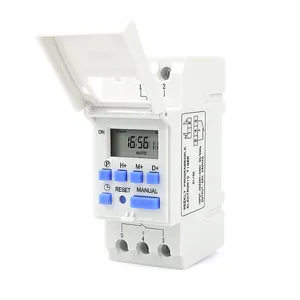





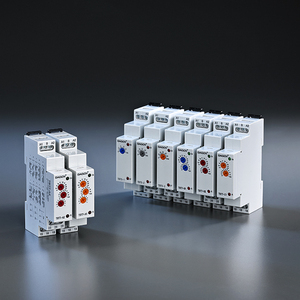







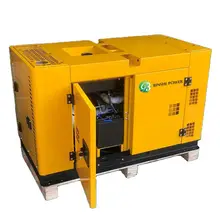



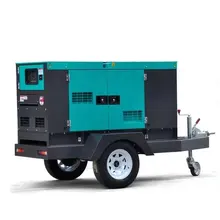


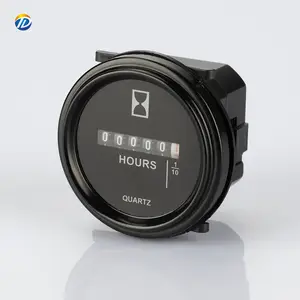
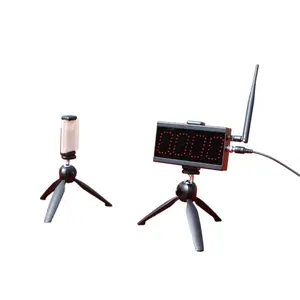




















 浙公网安备 33010002000092号
浙公网安备 33010002000092号 浙B2-20120091-4
浙B2-20120091-4